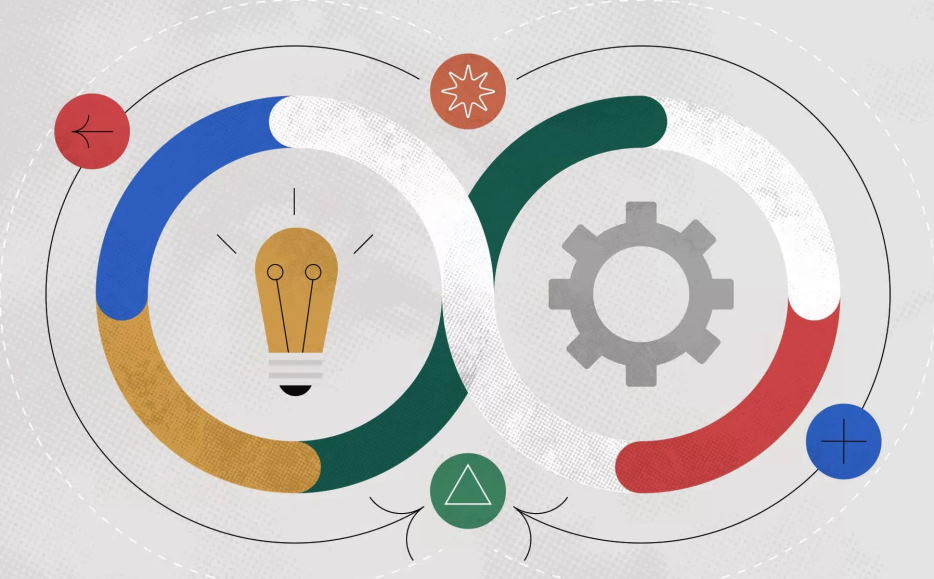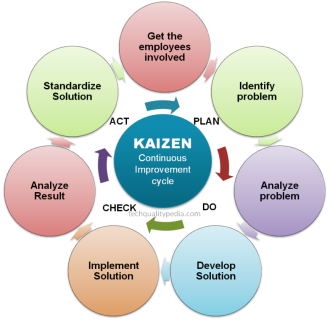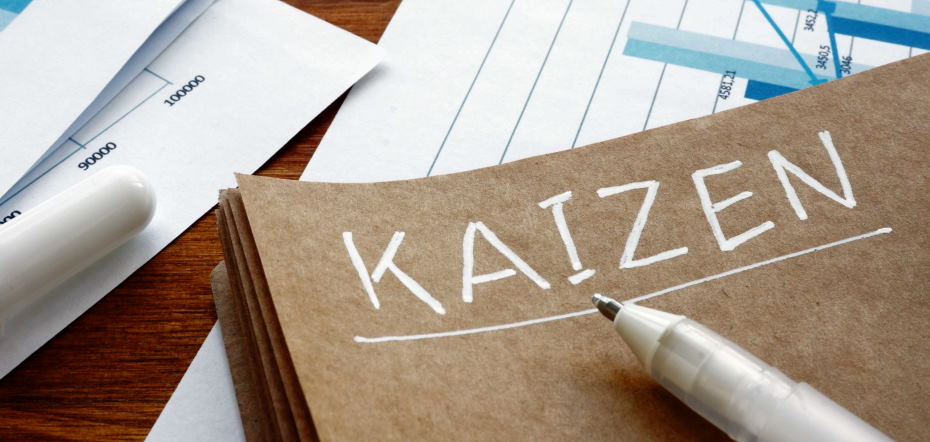Kaizen, also known as continuous improvement, is quickly gaining traction in the business world as a way to deliver tangible results in an ever-evolving landscape. Kaizen principles have been used by successful businesses for years to boost efficiency, increase customer satisfaction and reduce cost breakdowns. By taking a holistic approach to identifying processes and procedures that can be improved upon or tweaked, businesses can unlock their full potential from within and create better results for themselves and those who depend on them. In this blog post, we’ll explore what Kaizen is all about, the benefits of implementing it into your business model, along with some tips on how best you can use it to make things more efficient in your enterprise.
What is Kaizen? Understanding the Japanese business philosophy
The philosophy of kaizen is key to success in today’s business world. Kaizen, which means “change for the better,” is a philosophy of continuous improvement and incremental change. It focuses on small changes that result in big improvements over time. Kaizen emphasizes the importance of collaboration, communication, and learning from mistakes. The goal is to create an environment where everyone is empowered to make positive changes and help the organization reach its goals.
Kaizen encourages employees to identify opportunities for improvement through creative problem-solving. This includes suggesting ideas, implementing new processes or procedures, streamlining existing ones, and continually striving for excellence in all areas of the business. By having an open dialogue about processes and challenges, companies can identify potential issues before they become major problems down the road.

Kaizen also emphasizes the importance of teamwork and accountability. Everyone should be held accountable for their contributions, no matter how small they may seem. Kaizen encourages employees to work together to identify solutions and ensure that everyone is on the same page with regard to the organization’s goals. By creating a culture of collaboration and trust, companies can foster an environment where individuals feel comfortable taking risks and pushing boundaries to create positive change.
Finally, kaizen focuses on learning from mistakes as well as successes. Rather than dwelling on failures or obstacles, kaizen encourages employees to view problems as opportunities for growth and improvement. This approach enables companies to move past setbacks faster while still striving for excellence in all that they do. Ultimately, kaizen is a philosophy of continuous improvement that can help organizations become more agile, efficient, and successful in today’s constantly changing business world.
By implementing the principles of kaizen, companies can create an environment where everyone is empowered to make positive changes and improve their organization as a whole. Through collaboration, communication, and continual learning from both successes and mistakes, businesses can stay ahead of the competition while still striving for excellence in all they do. Kaizen is an essential part of success in the modern business world.
How to implement Kaizen in your business for optimal efficiency
- Develop a Kaizen culture: A key element of the successful implementation of the Kaizen process is developing a business-wide culture that understands and supports the concept. This means educating staff about Kaizen principles, how it works, and why it is important to the success of the organization.
- Set Goals: To get started on your Kaizen journey, you will need to set goals for improving both short-term and long-term. Identifying areas of opportunity within the company can help focus energy on improving those areas first, ultimately leading to more efficient processes over time.
 Create action plans: Once goals have been set, create an action plan outlining steps needed to achieve each goal and assign team members to each task. This will help ensure that improvements are being made and progress is being tracked.
Create action plans: Once goals have been set, create an action plan outlining steps needed to achieve each goal and assign team members to each task. This will help ensure that improvements are being made and progress is being tracked.- Monitor Progress: Regularly monitor the progress of the Kaizen projects, using both quantitative and qualitative data to determine which objectives have been achieved and which need more attention. This will help keep everyone on track and provide valuable feedback for future improvement efforts.
- Follow-up: After implementing a Kaizen project, it’s important to follow up with team members to assess the impact of the changes made and discuss any further opportunities for improvement or areas where additional help may be needed. Doing so can help identify successes, failures, and areas for continued growth in the future.
- Celebrate Successes: Celebrate successes – no matter how small they may seem – and recognize the contributions of individuals or teams who have helped improve processes within the company. Doing so will help motivate further improvements and encourage a culture of continuous improvement.
- Repeat: Finally, don’t forget to repeat the cycle! Kaizen is an ongoing process, so it’s important to continually evaluate current processes and look for opportunities for improvement. This will ensure that your business remains efficient over time and continues to stay ahead of its competition.
By following these steps, you can successfully implement Kaizen in your organization and significantly improve efficiency through a focus on continuous improvement. With dedication and commitment from the entire team, you can expect to see a dramatic shift in the way your business operates and improved results for the bottom line.



